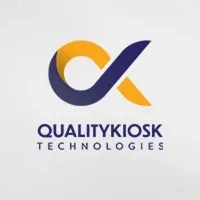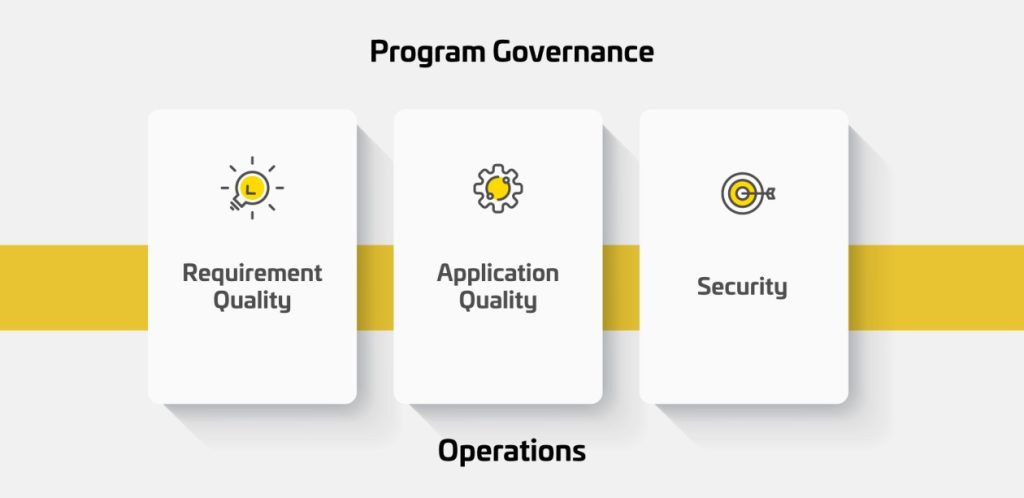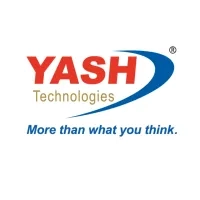Ensuring product quality is much more than testing what has already been developed. It encompasses a multi-disciplinary focus with a long-term strategic commitment. As a consumer of technology-driven services or products, we all assume quality products to be a de facto result. Well! Quality does not come by default; it results from meticulous planning, effective product management, engineering excellence by developers, and quality engineers, operations, and others. What end users see is the tip of the iceberg (quality product) and not what goes into making it afloat.
Question: If we all know what it takes to build a great quality product, then why do we have organizations that constantly release great products while others struggle to provide the basics?
Before we proceed with this article, let’s qualify that we will talk about the ecosystem supporting excellent product quality rather than any project methodology. The principles, focus areas, approach, methods and activities that go on to support a healthy product quality that is repeatable, are vastly different from that of project quality.
To focus on product quality vs. project quality, one needs to:
- Prioritize the long-term impact of projects
- Formulate a long-term strategy and not only focus on operation or tactical excellence
- Ensure customer-centricity is at the core of the project
- Be open to greater cross-functional collaboration
- Adapt outcome-oriented approach
To achieve quality outcomes for products that meet or exceed customers’ expectations, organizations turn to the discipline of Product Quality Engineering. In this blog, we’ll delve into Product Quality Engineering, its significance, methodologies, and how it drives success in the modern business world.
Mastery in these five areas differentiates organizations that constantly deliver great products from those that do not. Failure in any of these parameters can jeopardize the brand, customer confidence and growth while burdening the organization with high cost, low outcome and low employee morale. Let’s investigate these five areas further:
1.Quality of Requirement and its articulation – Garbage in leads to garbage out. The product management team’s role and competency in articulating the business need, factoring all possibilities remains the foundation of any great product. A good requirement should have:
- Clear definition, concise, and unambiguous, leaving no room for interpretation or miscommunication.
- It should be specific, measurable, achievable, relevant, and time-bound (SMART), enabling effective planning and validation throughout the project lifecycle.
- Should factor all dependencies.
It is important to note requirements are not always limited to the product team. Requirements can be technical i.e., added to remove technical debt, software version updates and more. What’s important is to put adequate thoughts into why we should be developing this, what will be its impact (business or technical), does it justify the investment, its dependencies and what will lead to it done without leaving any room for misinterpretation.
2. Quality of Product Development Governance – The quality of product development governance is a critical factor in the success of complex initiatives such as product development within an organization. Effective governance ensures that products align with the organization’s strategic goals and do not deviate from the core customer pain areas it tries to address.
Additionally, effective governance ensures preemptive decisions are made and risks mitigated while allocating resources efficiently. It also establishes clear accountability structures, defines roles and responsibilities, and provides a framework for decision- making and issue resolution. A well-structured program governance model fosters transparency, enhances communication, and ultimately leads to the successful delivery of programs and projects on time and within budget, while also achieving the intended business outcomes. In essence, the quality of product development governance serves as the bedrock upon which successful and sustainable organizational change and growth are built.
3. Application Quality – Though the product is an application in most instances, it’s called out separately for a specific reason. Engineers work within a framework to build a product i.e., an application. The build requires verification and validation to ensure it meets the requirements the product team has painstakingly identified and documented. Quality engineers need to work with developers and product owners to ensure that the application meets or exceeds the threshold across the following areas:
- Functional Quality – Features in the product behave /perform the tasks that it is meant for. There are no functional defects and all business workflow, rules and validation meet the customer requirements.
- Scalability – Production usage does not mimic the Electrocardiogram graph of a healthy person, where the high and low are within a range. Usage volume can see a massive 50X plus swing within an hour, day, week or month. The product ecosystem should be able to handle wild swings with minimum or no impact.
- Reliability – It’s the cornerstone of a positive user experience. It encompasses the ability of a product to consistently perform its intended functions without disruptions or errors. Reliable application and its ecosystem are available when needed, responsive, and capable of handling user interactions smoothly. Proactive monitoring and using AI to scan ecosystem health even before any visible signs are available are some ways matured organizations build a reliable and resilient ecosystem. In today’s digital landscape, where downtime and glitches can lead to customer dissatisfaction and revenue loss, prioritizing application reliability is essential for building trust with users and maintaining a competitive edge in the market.
- Customer Experience (CX) – What matters significantly is the end-user experience. Product behavior in the hands of customer must work seamlessly, be it in mobile or full scape device or across multiple devices. Validating how the product works in low config devices, devices with non-standard display etc. plays a critical role in providing that last mile customer experience. Organizations simply cannot afford any slip.
4. Security – Product security is paramount in today’s interconnected digital world. It involves safeguarding products from vulnerabilities, cyber threats, and unauthorized access. Protecting sensitive data, user privacy, and the integrity of software systems is at the core of application security. This is achieved through various measures, including code reviews, penetration testing, encryption, authentication, and access controls. As cyberattacks become more sophisticated, ensuring robust application security is not only a best practice but also a legal and ethical responsibility for organizations. A breach in application security can have severe consequences, including financial losses, damage to reputation, and legal repercussions. Therefore, prioritizing and investing in application security is essential to protect both the organization and its users from evolving threats.
5. Operational effectiveness – Building a good product is only half the battle. Effective maintenance, especially where organization products are consumed online by customers, or it’s a SaaS product, operational quality is of utmost significance. Adhering to Site Reliability Engineering (SRE) best practices, managing error budgets, limiting Mean Time to Identify (MTTI), Mean Time to Rectify (MTR), Infra optimization, and integrated ecosystem dashboard among others is crucial. With the ubiquity of IaaS providers, organizations need to play smart and invest time and resources to have an optimized cloud-based operational playbook. Any miscalculation can seriously impact product stability, availability and runaway cost, among other high-impact scenarios.
In conclusion, software product quality is not merely a checkbox on the development or testing checklist; it’s the cornerstone of success in the digital age. Ensuring that your software products meet and exceed user expectations is not just a matter of coding; it’s a holistic approach. By prioritizing software product quality, organizations can build trust with their users, gain a competitive edge, and forge lasting relationships in an ever-evolving technological landscape. In a world where software powers our daily lives, quality is not an option; it’s necessary for innovation, growth, and sustained success.

























